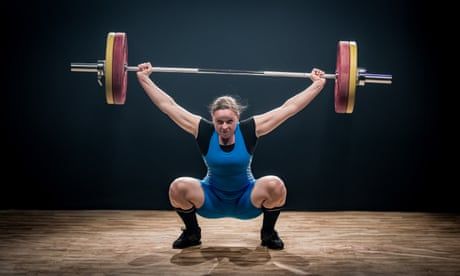
One study found athletes were three times as likely to leak as women who did little or no exercise. But why does this happen – and can you prevent it?
On a wall in a gym in south London, someone has written: “PB [personal best] with a bit of wee.” Who could have written it? A runner? A woman doing CrossFit who has been jumping rope? A powerlifter? Evidence shows that all these activities can trigger higher rates of urinary incontinence (UI) in women than other activities. (Men’s anatomy is different, so they are less prone to the problem.)
“Women pee. In my gym you see it all the time,” says Emily Westray, a 27-year-old civil servant in Sheffield who can bench press 75kg, deadlift 130kg and squat 115kg, while only weighing 57kg herself. She used to be a diver and gymnast and got into powerlifting two years ago. At first, she had no problem. And according to usual preconceptions, she shouldn’t have. She’s young and has never had children. Incontinence is supposed to affect women who have gone through childbirth, and the middle-aged and menopausal.
Continue reading...